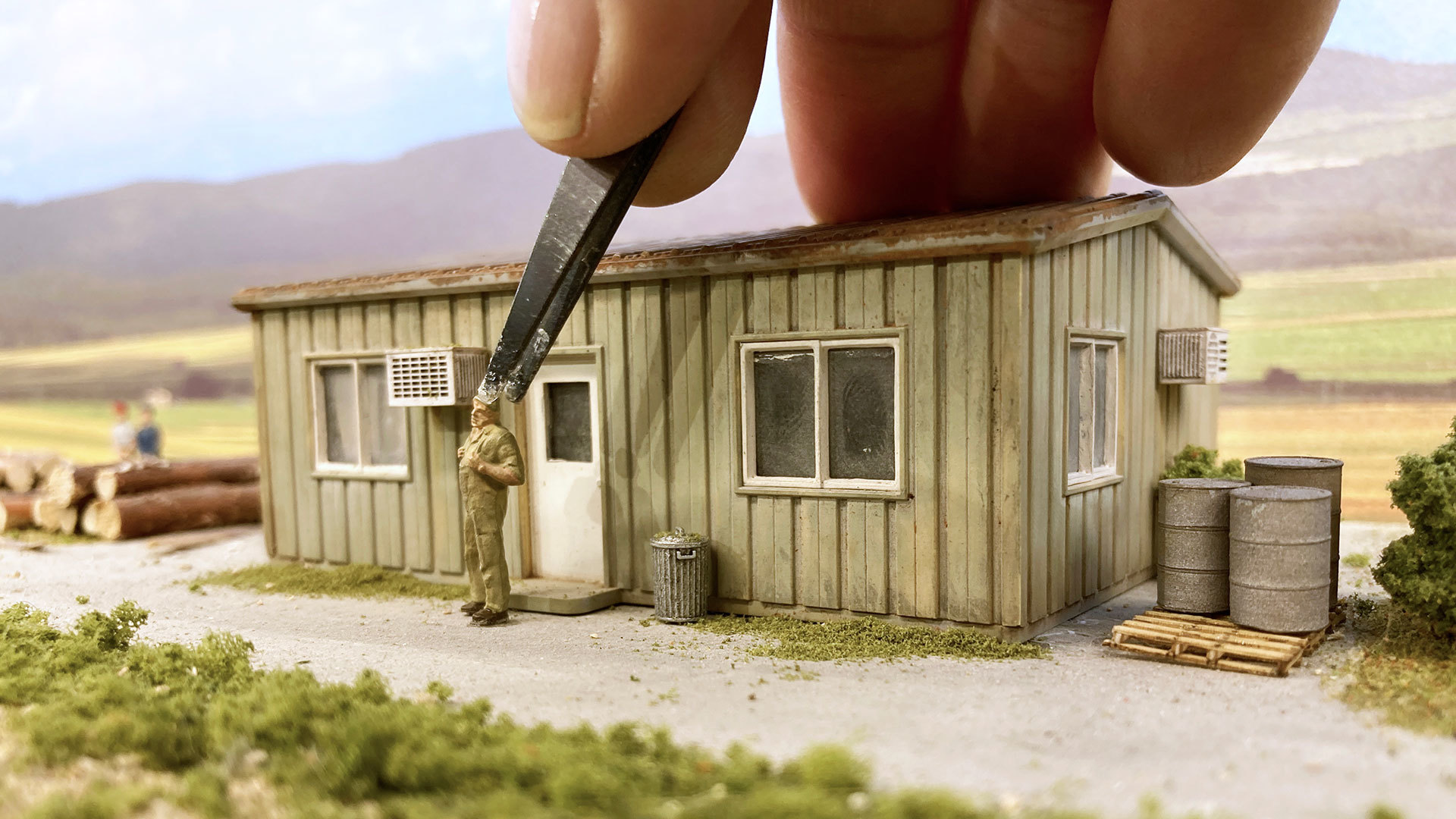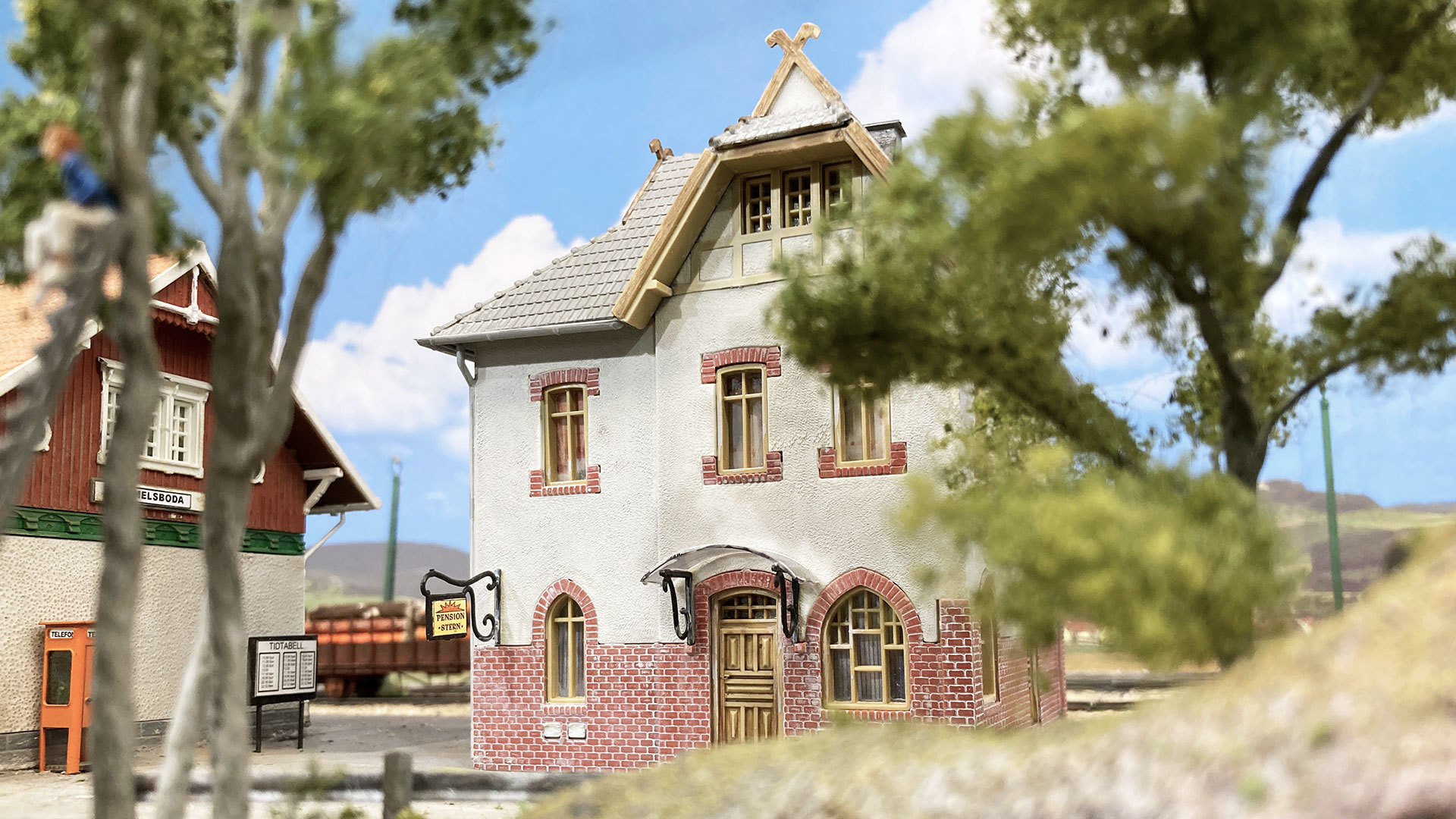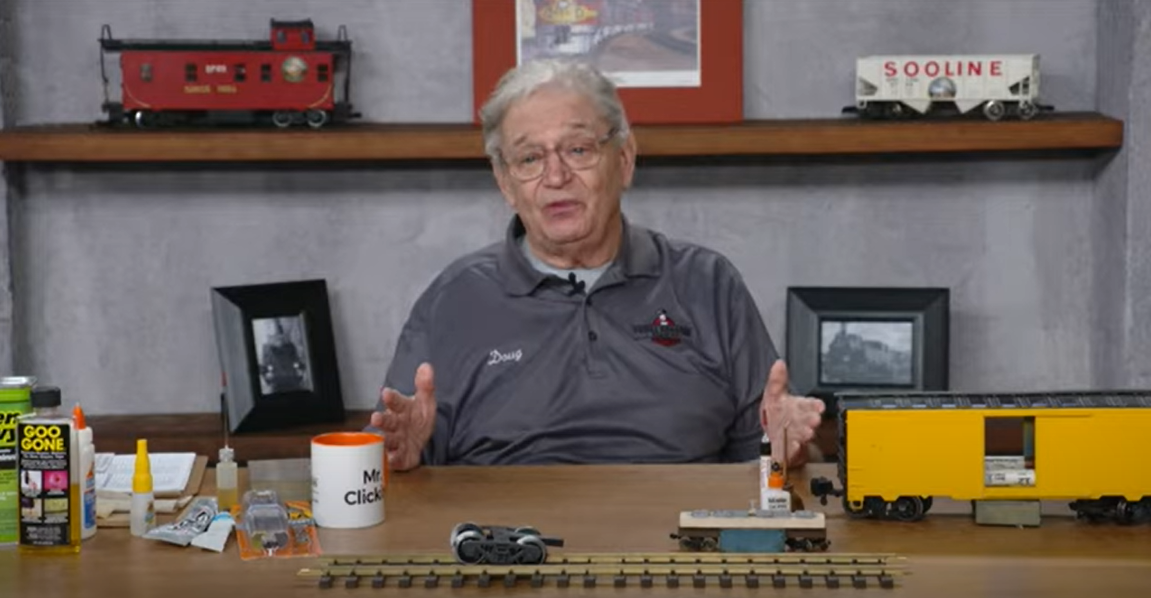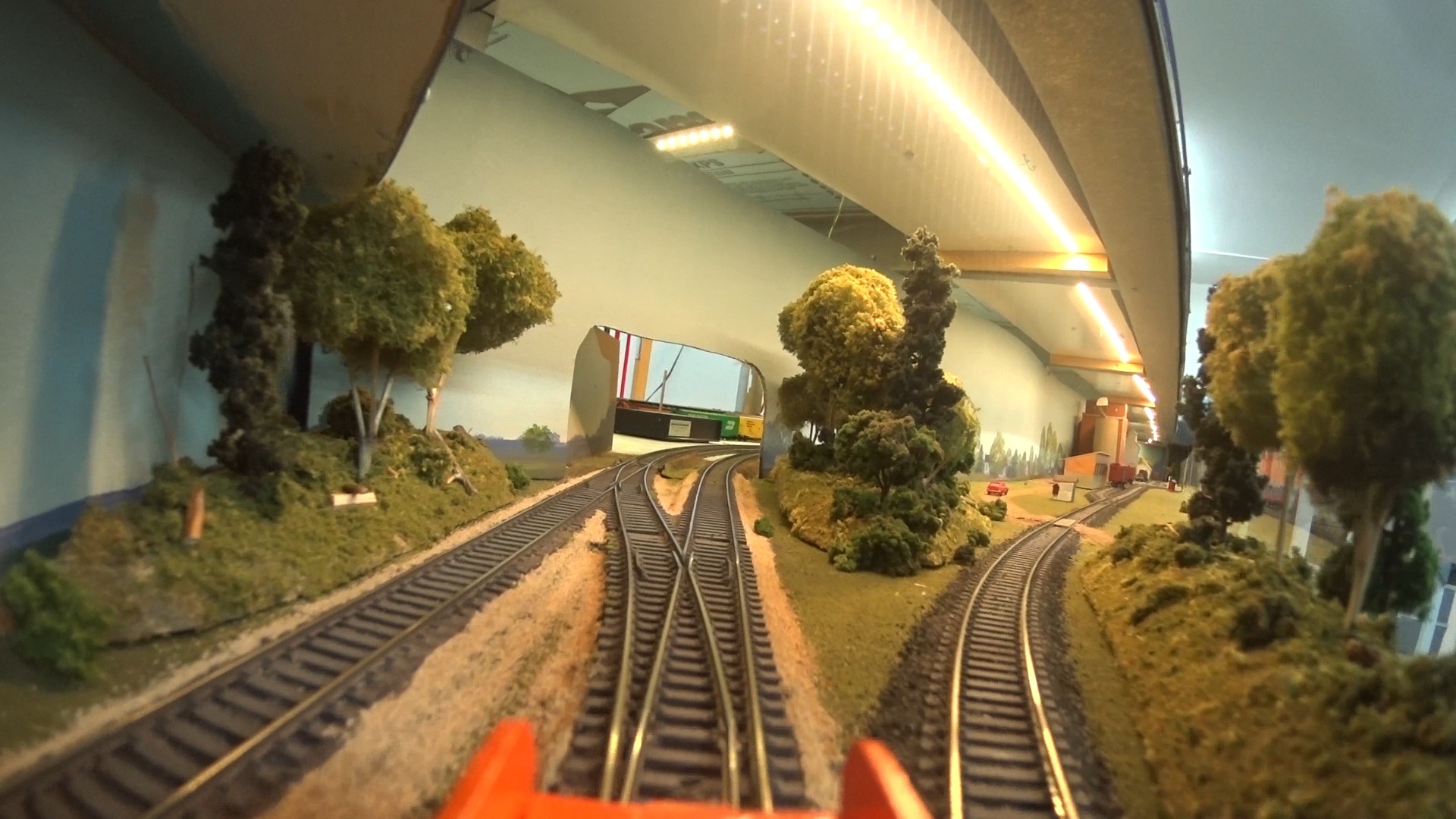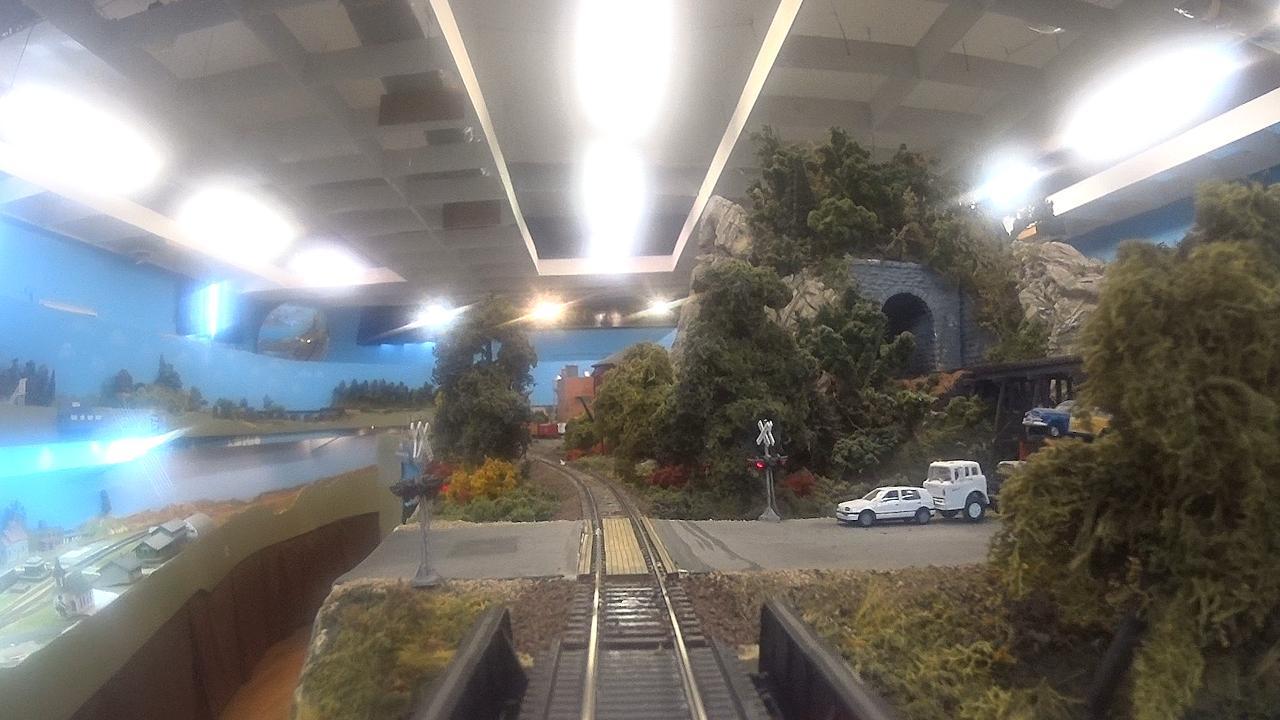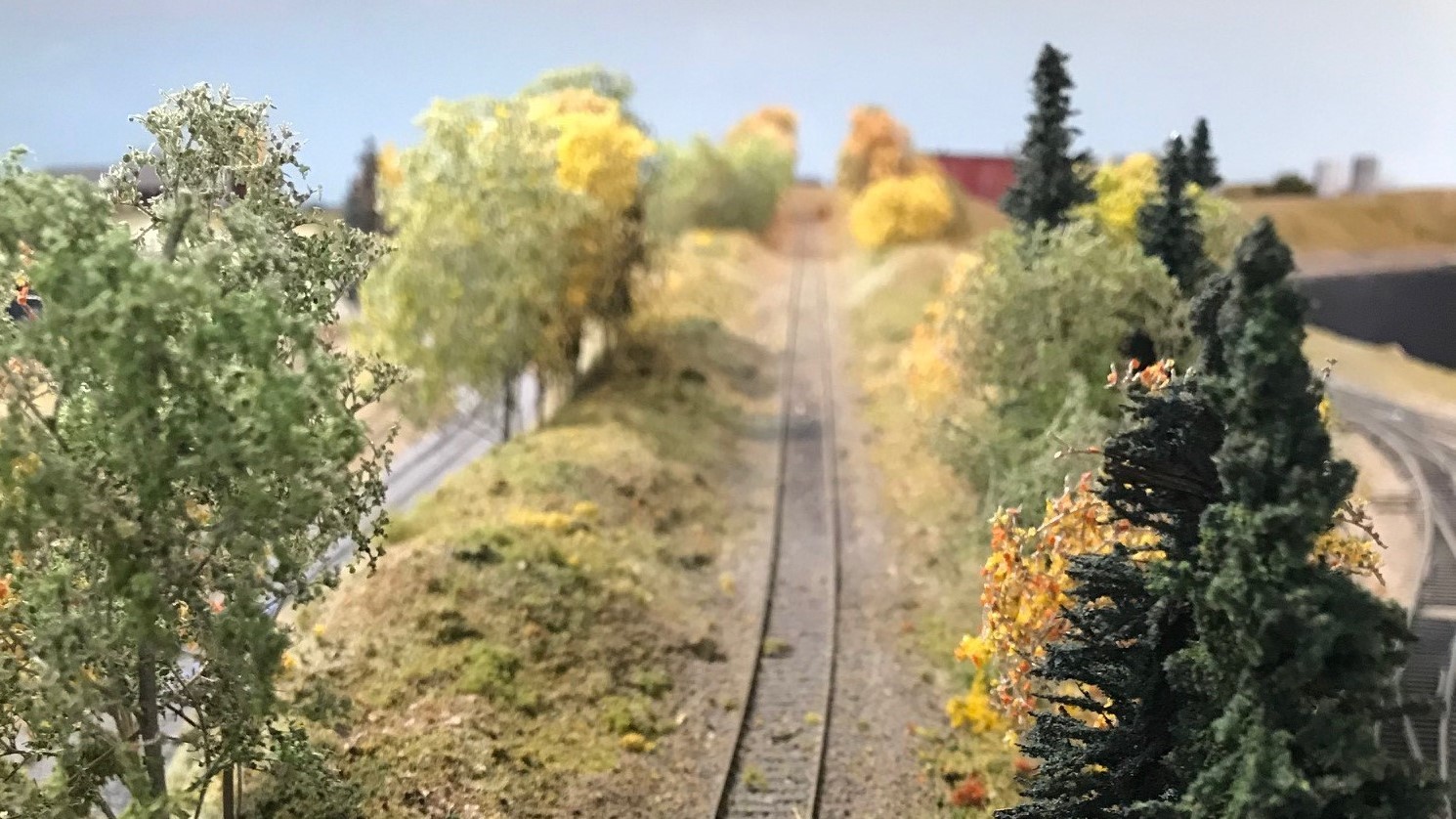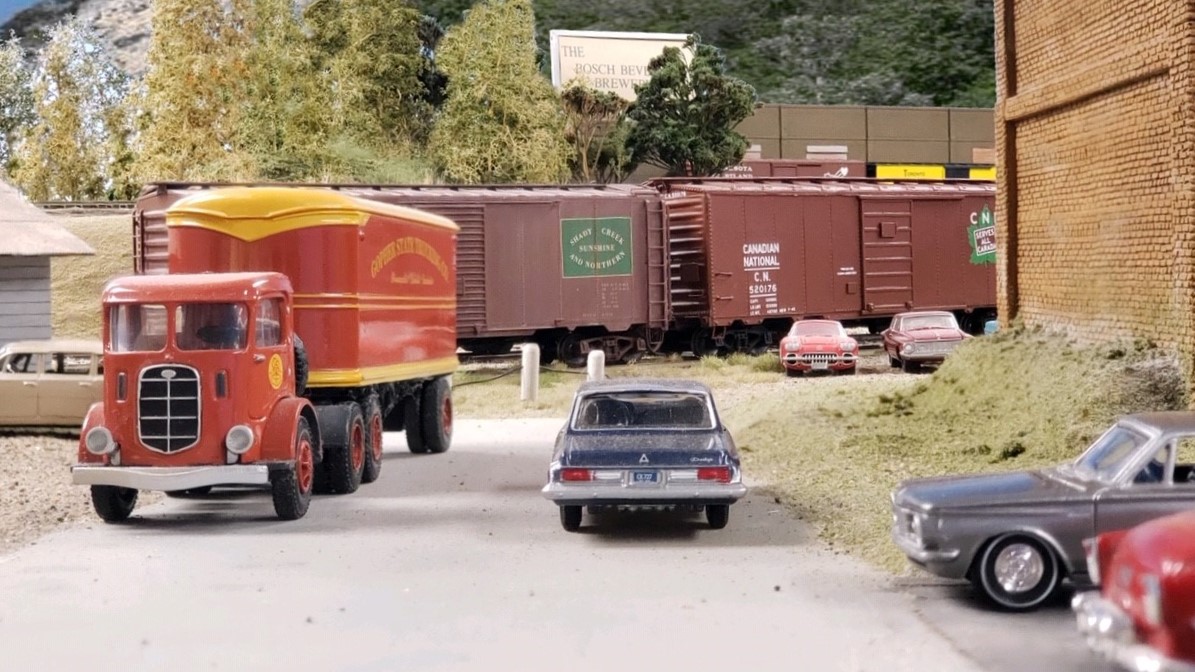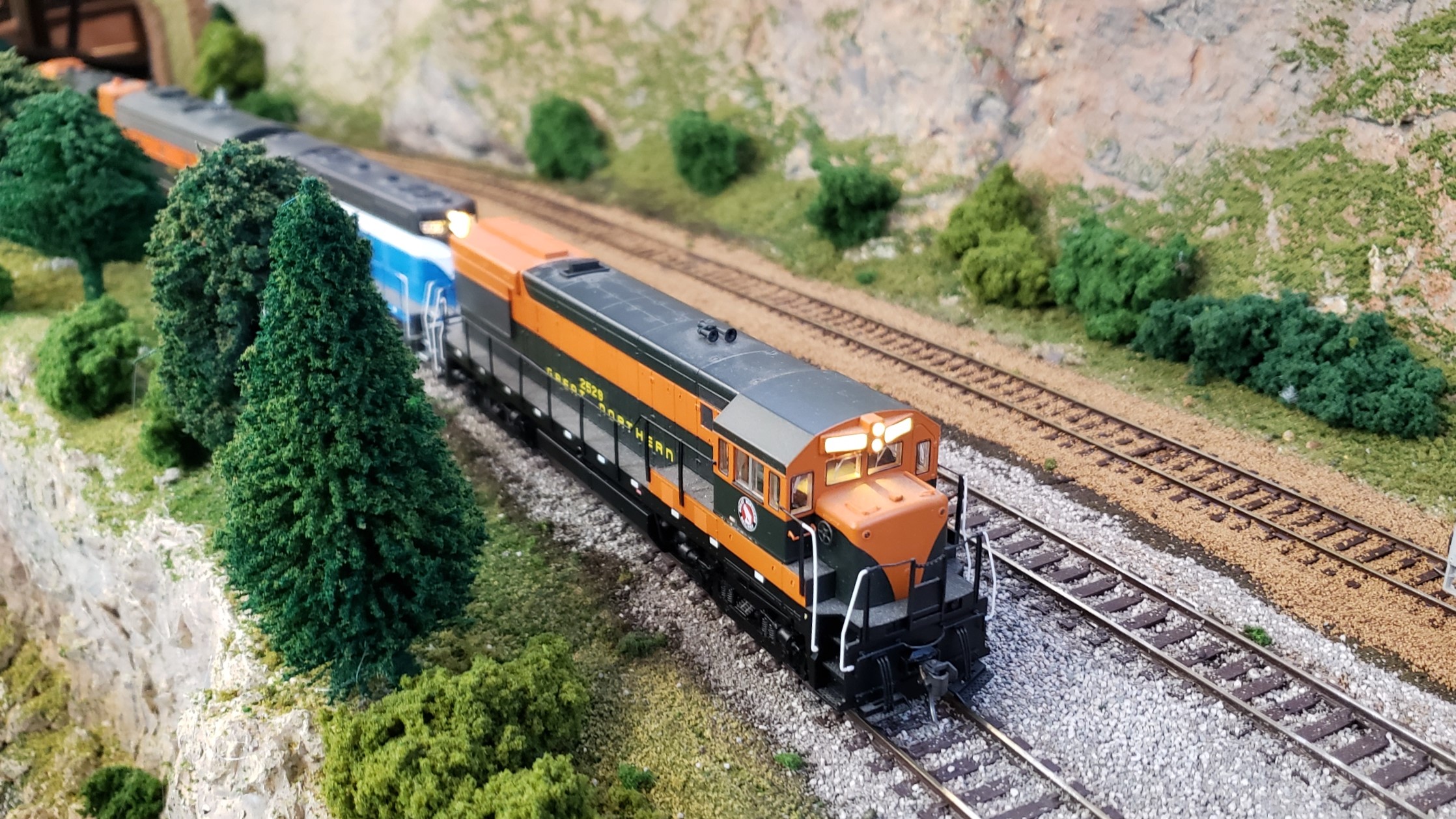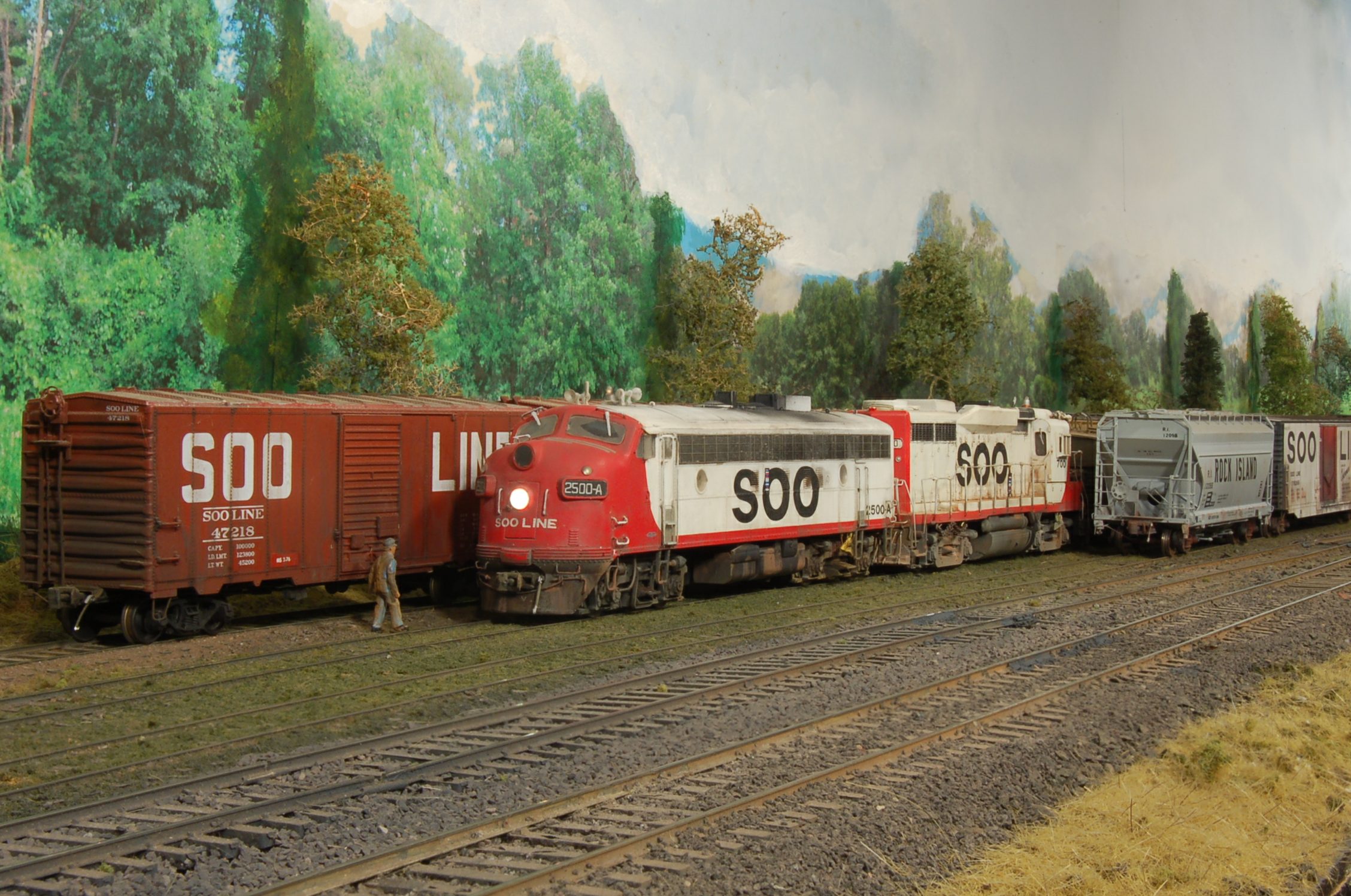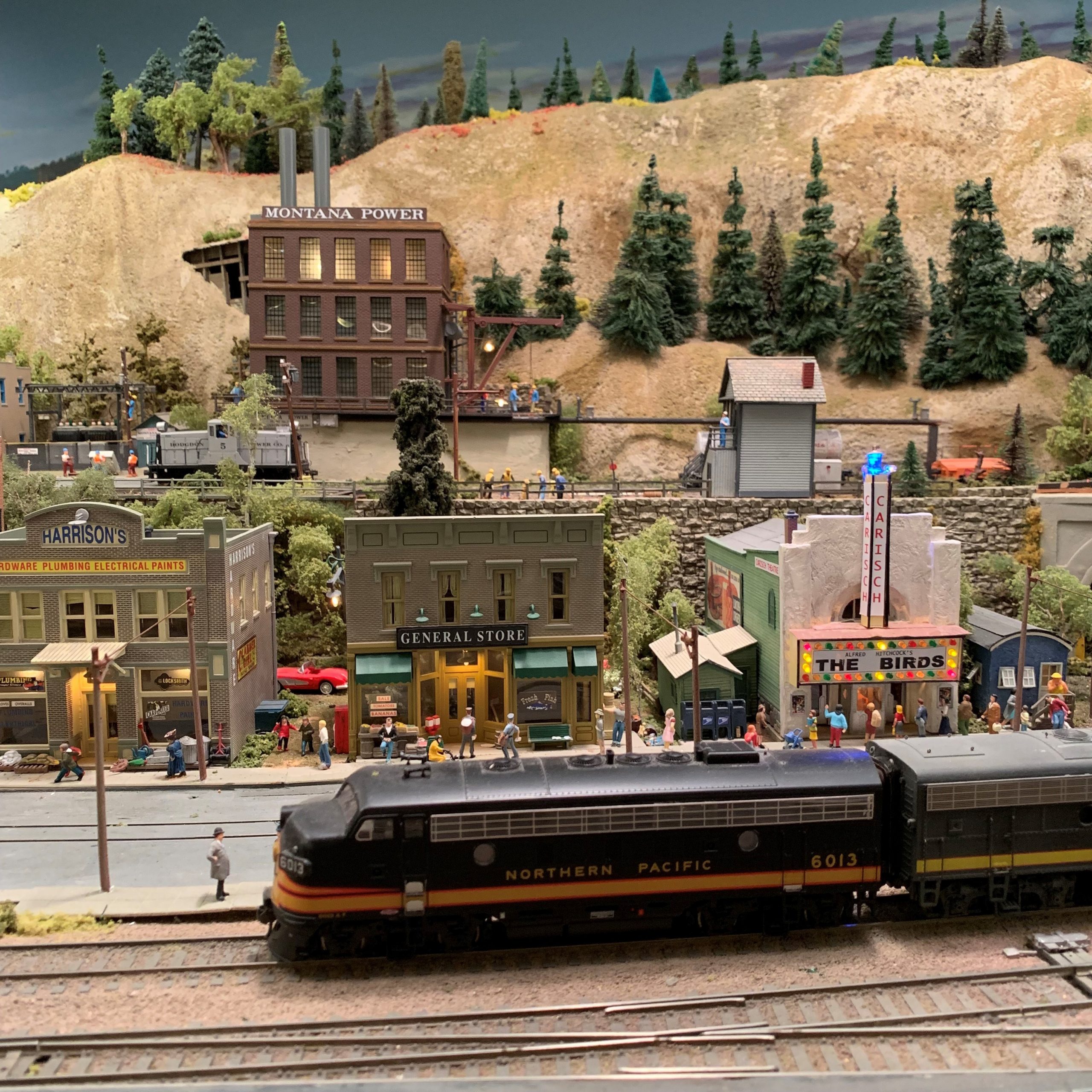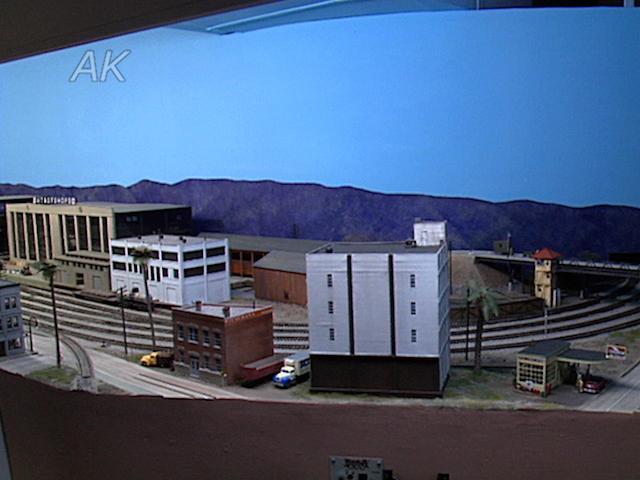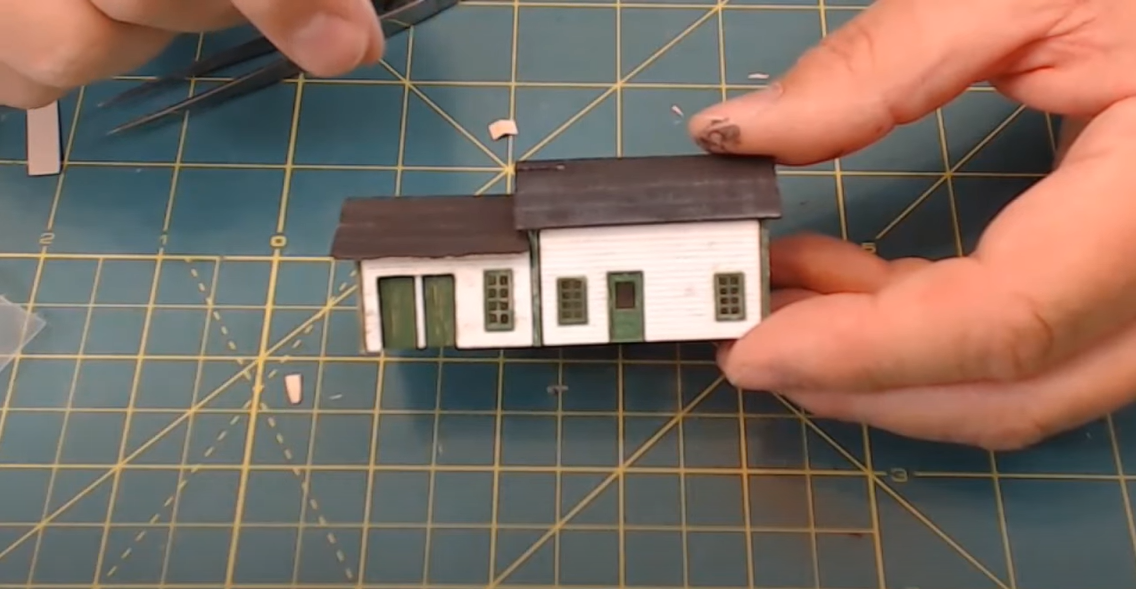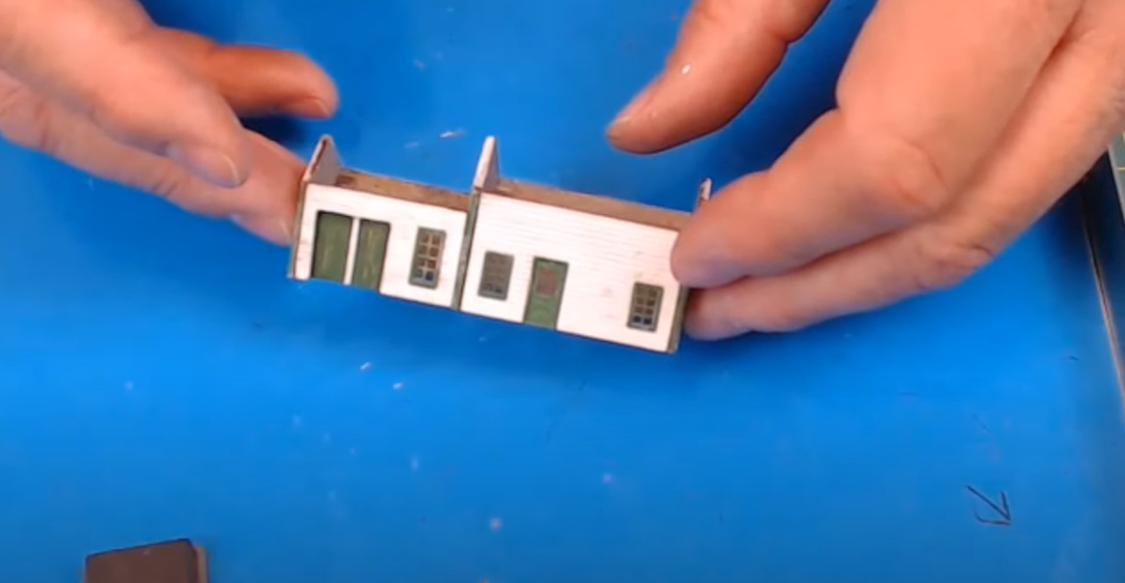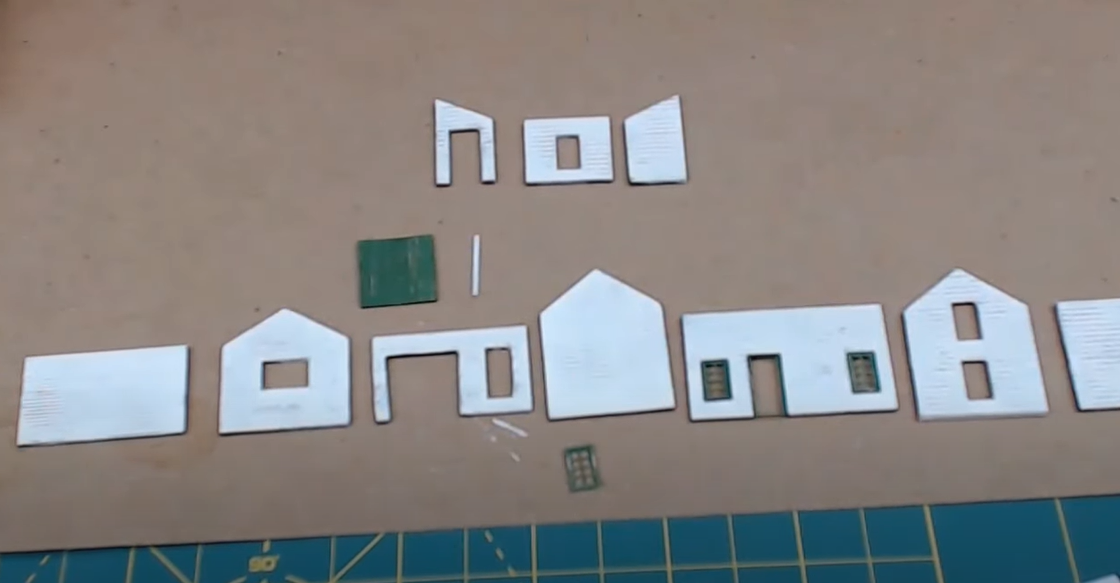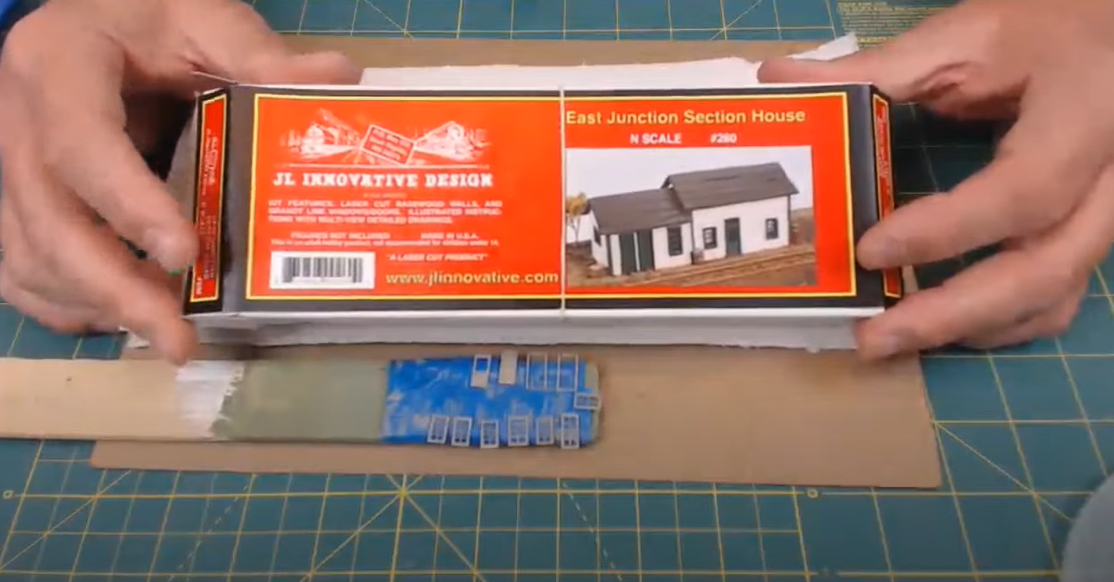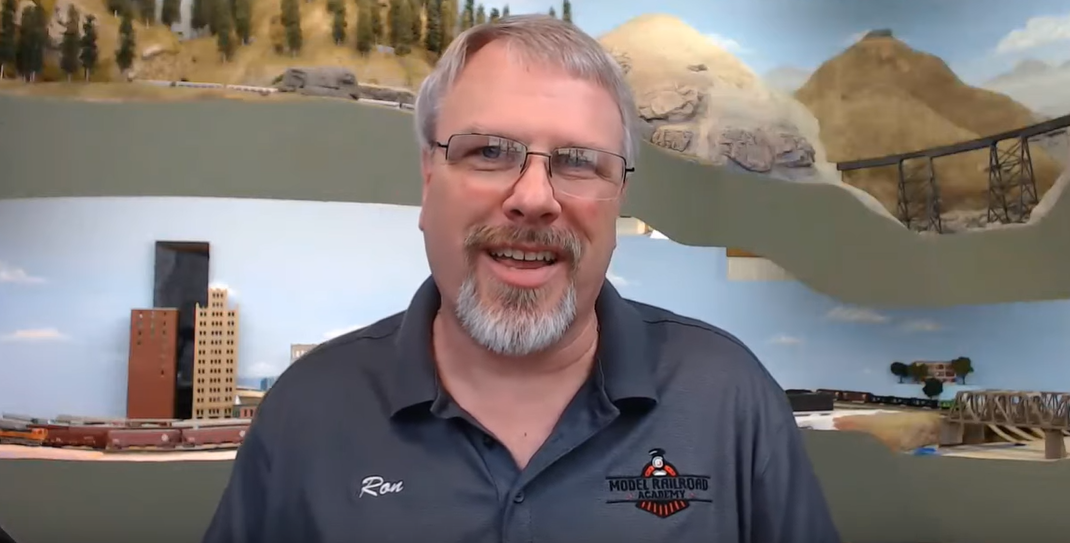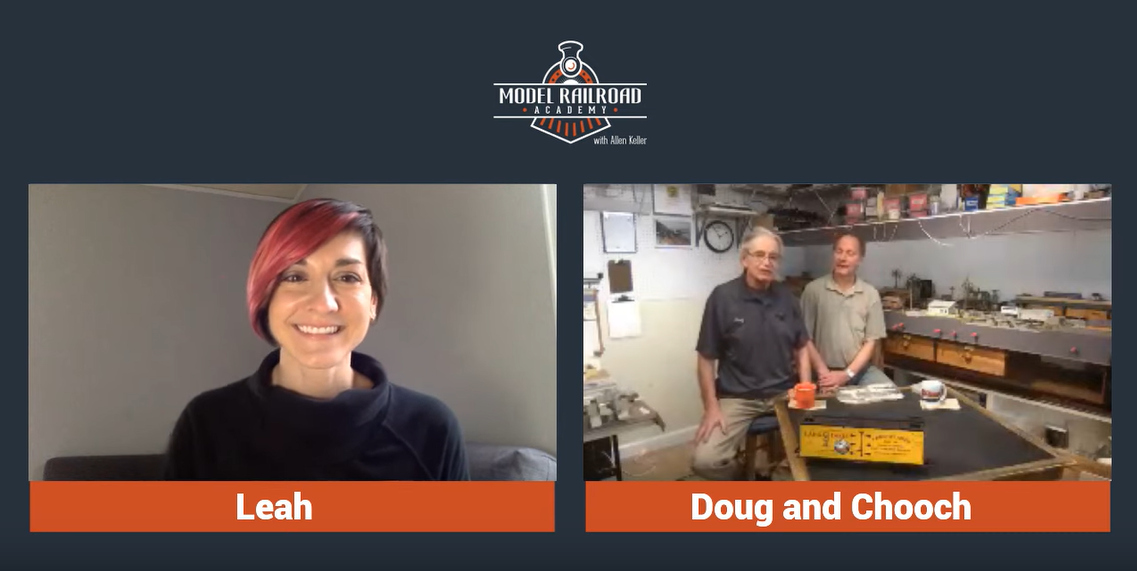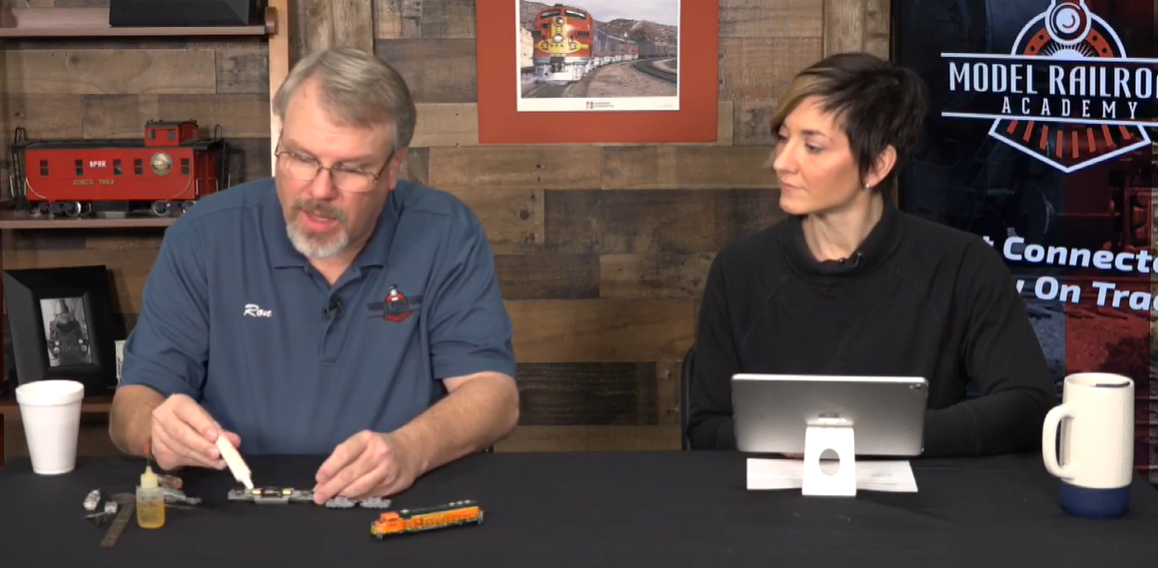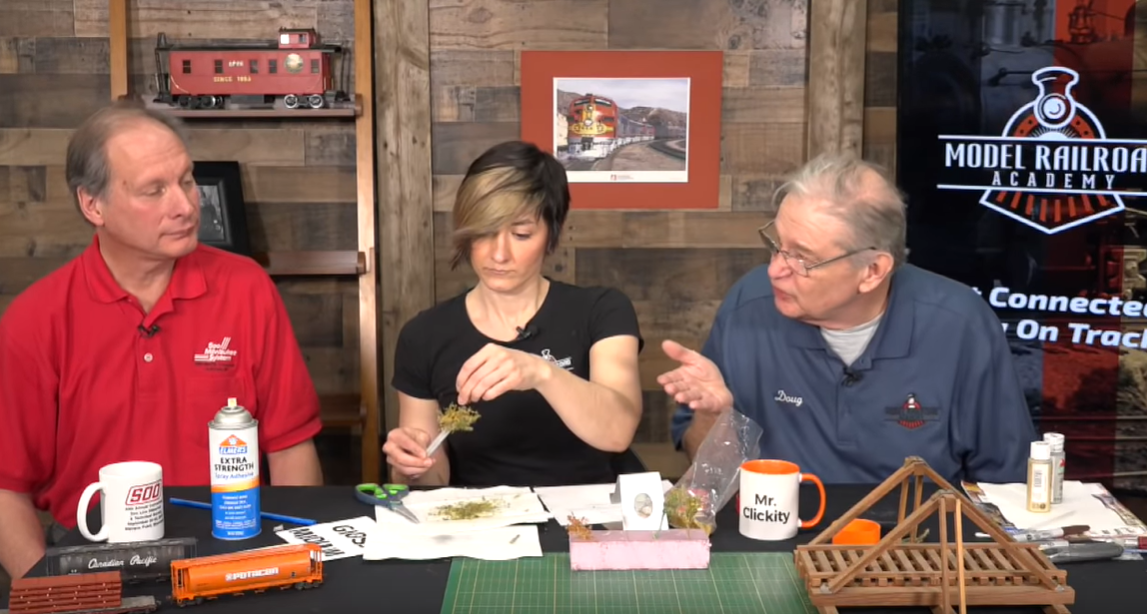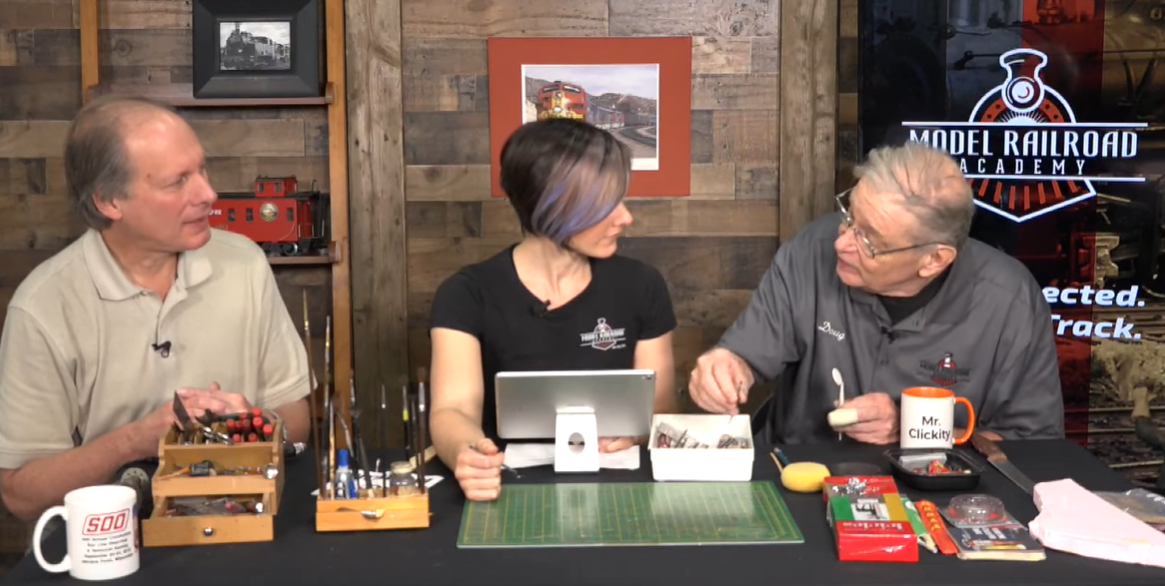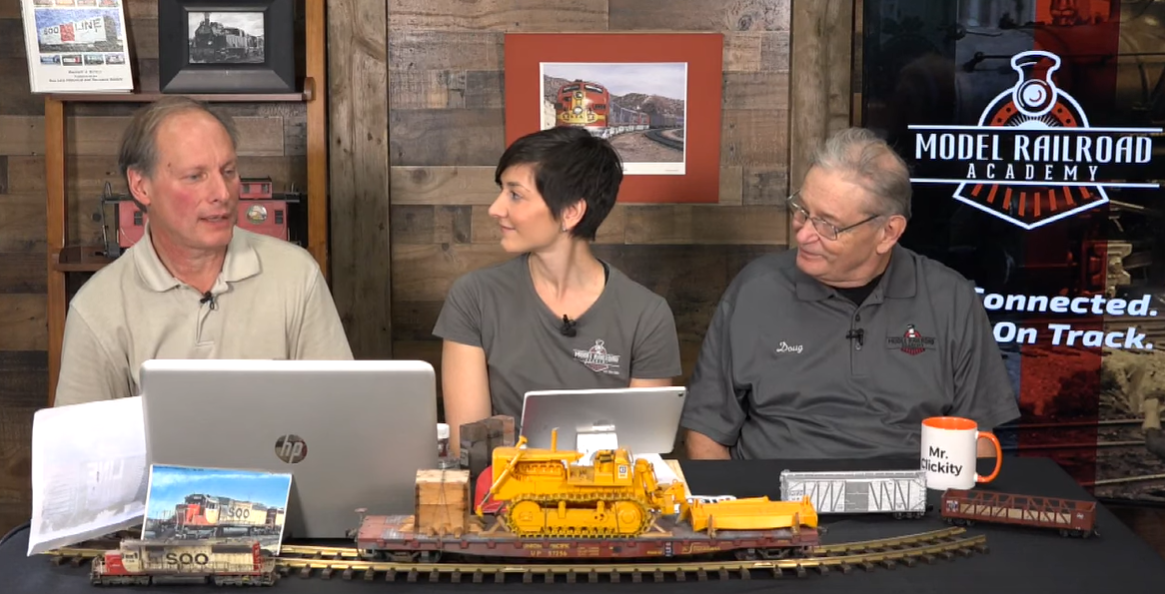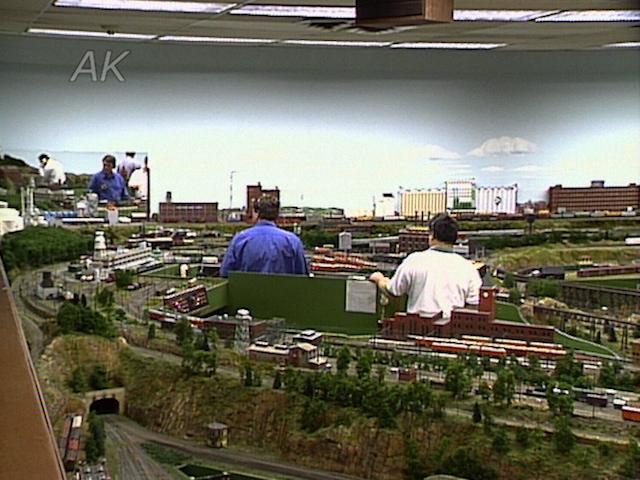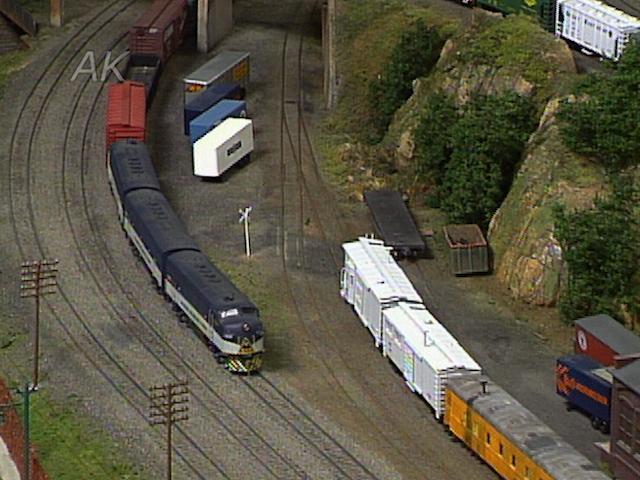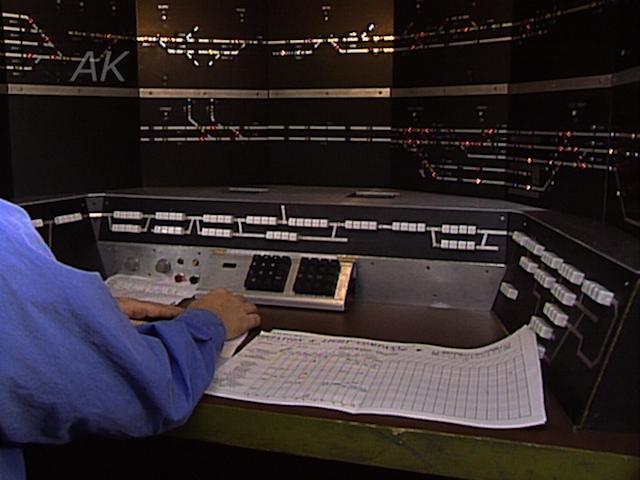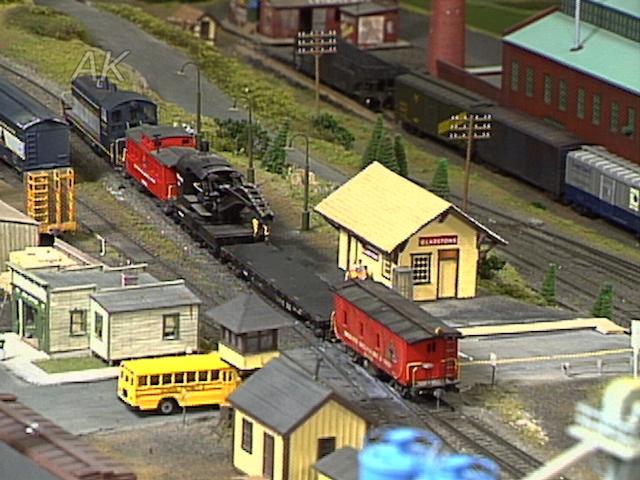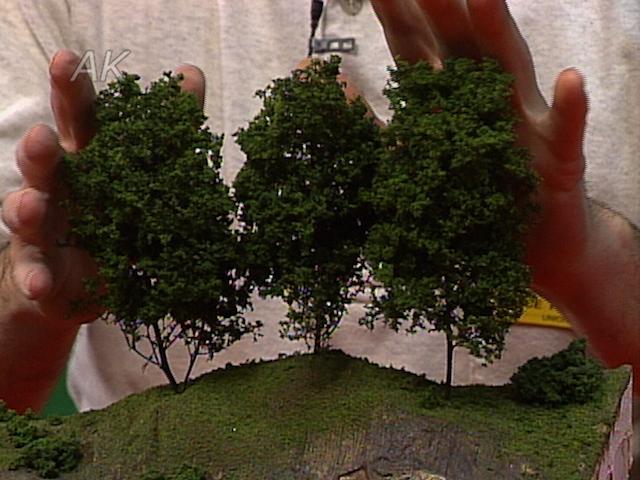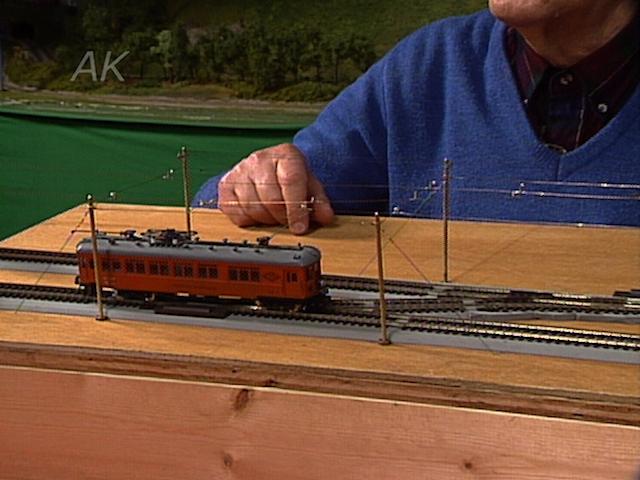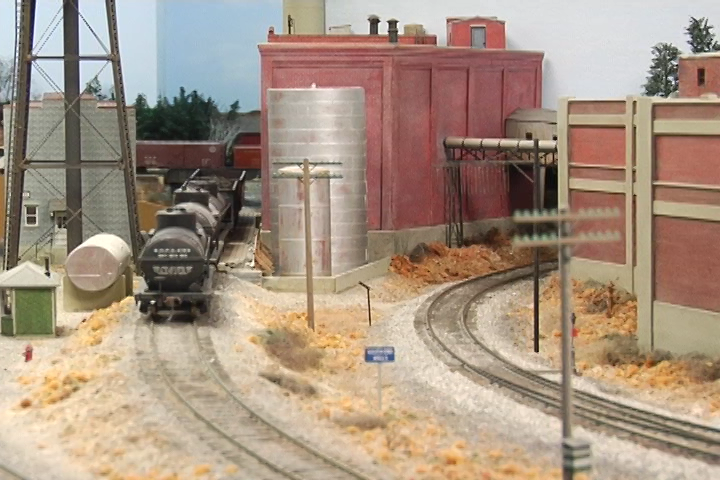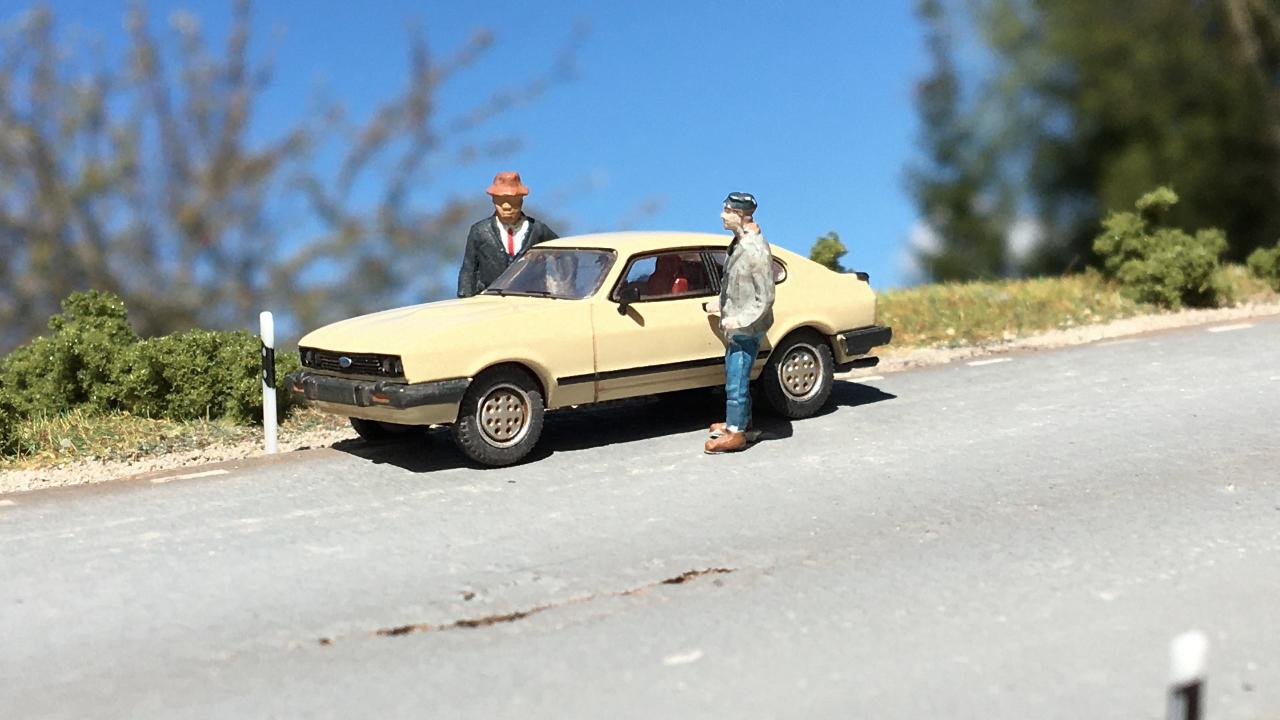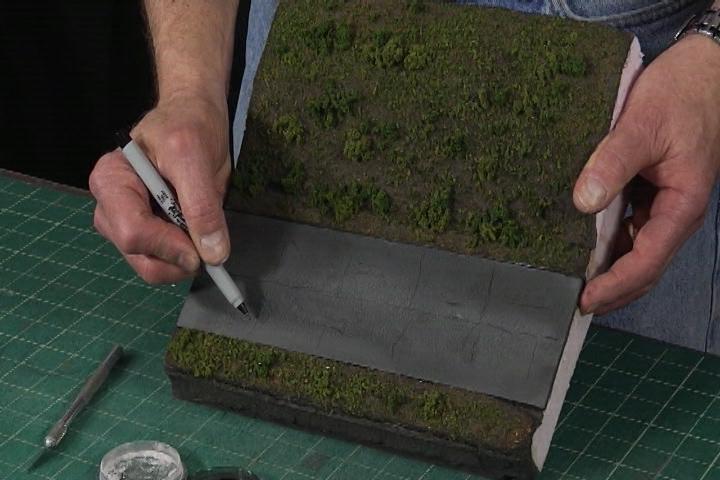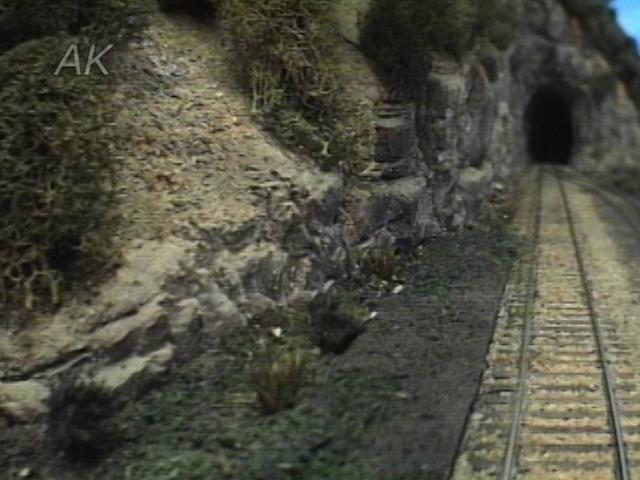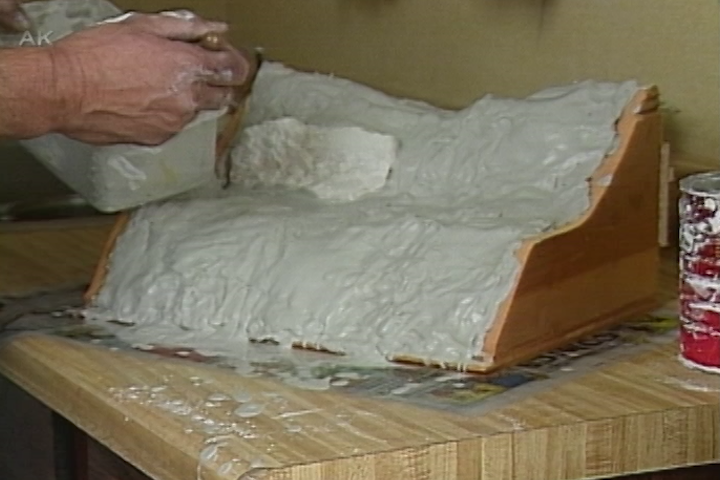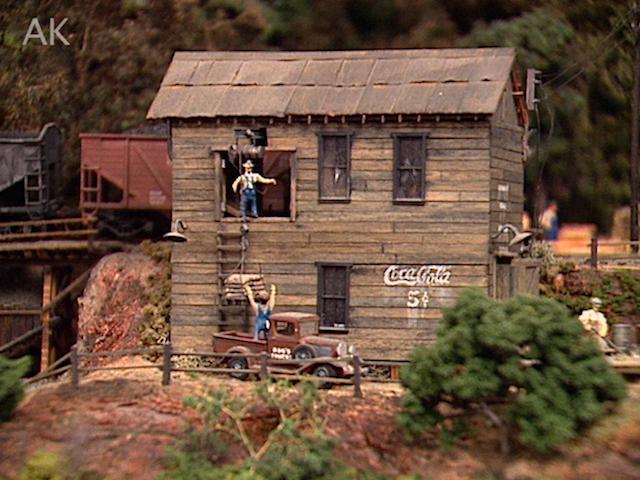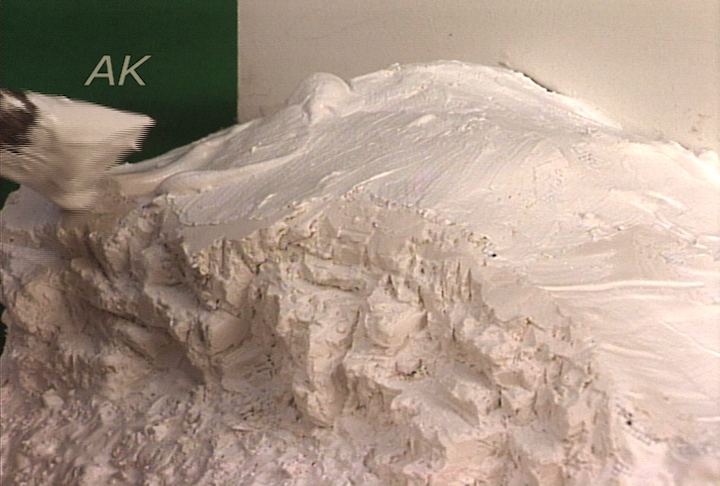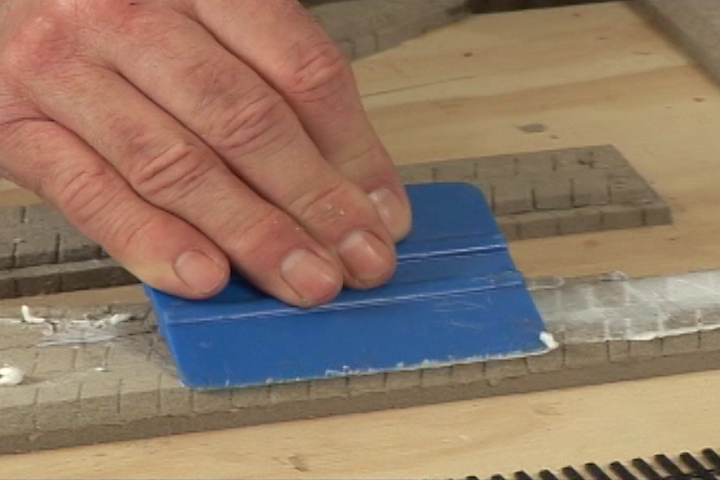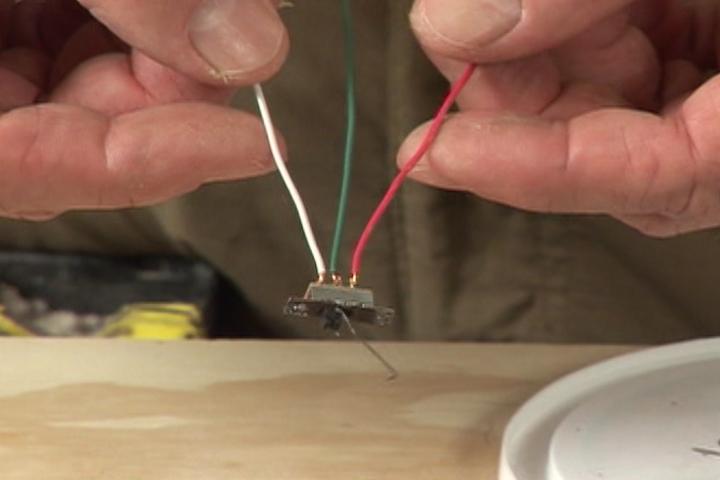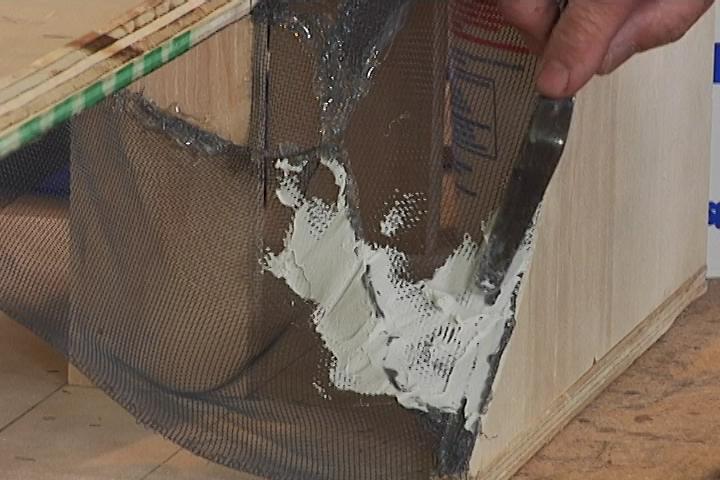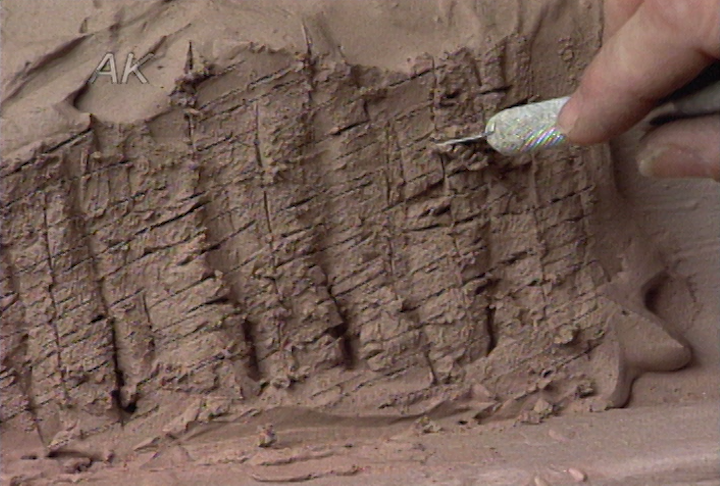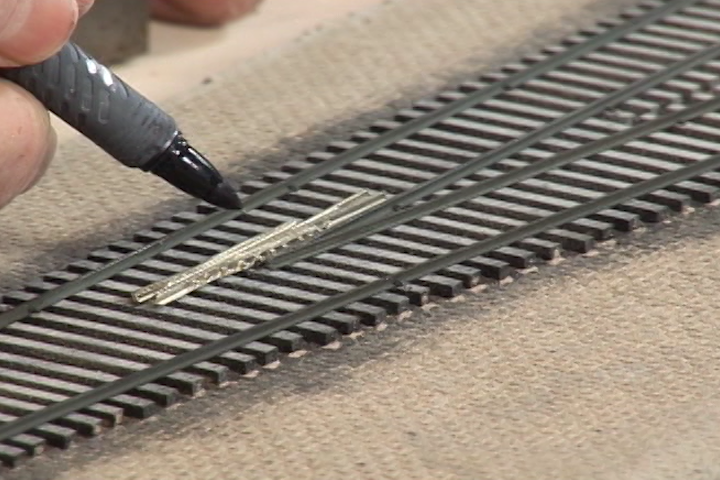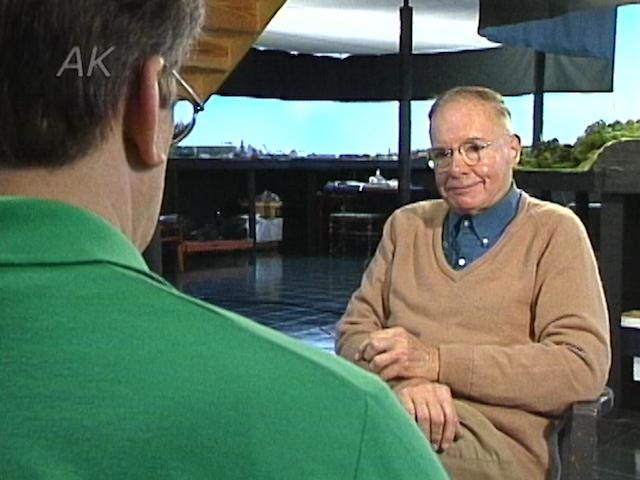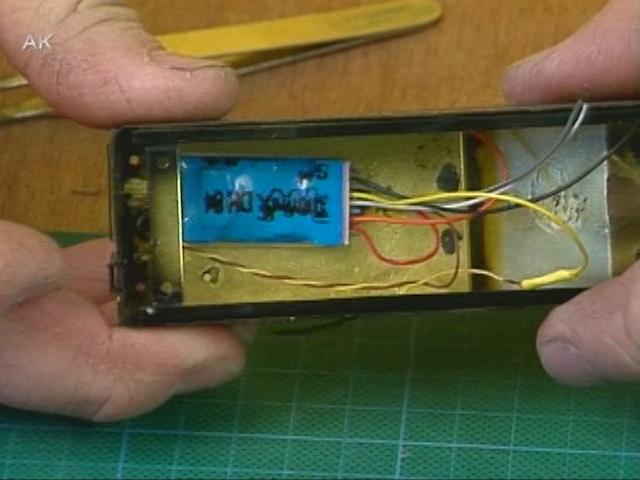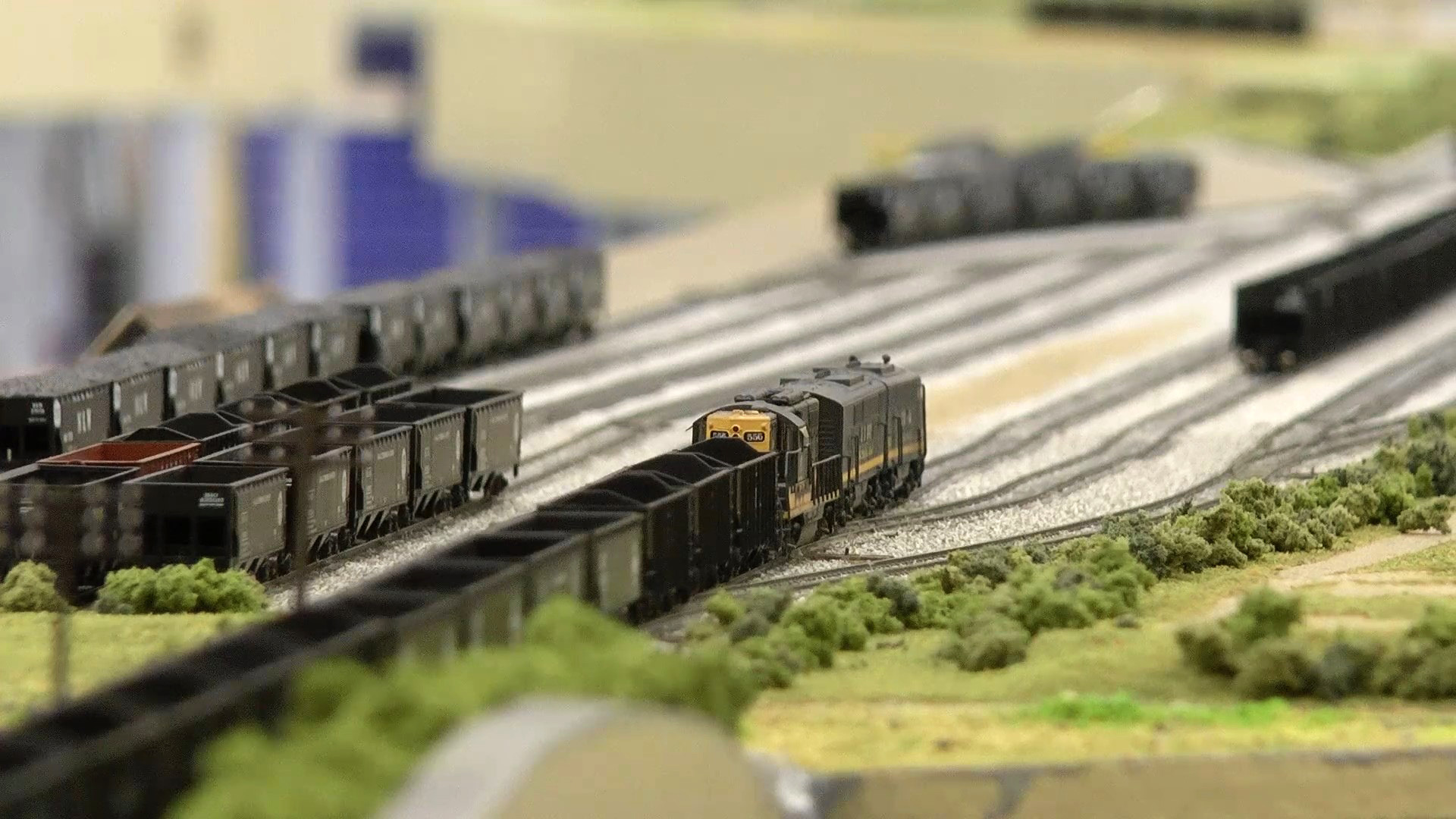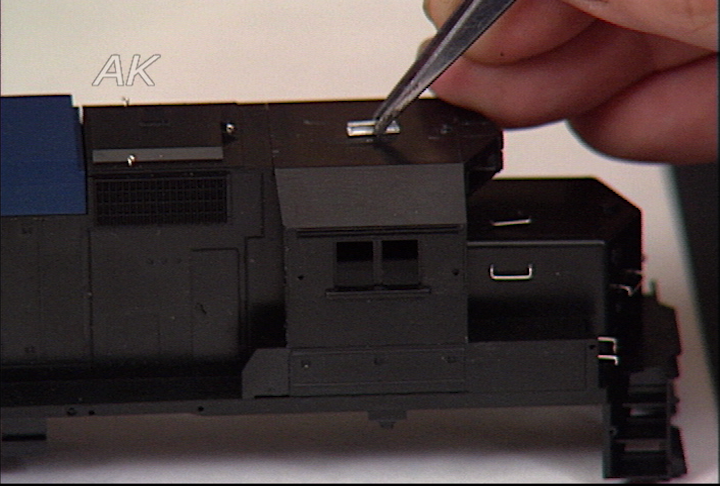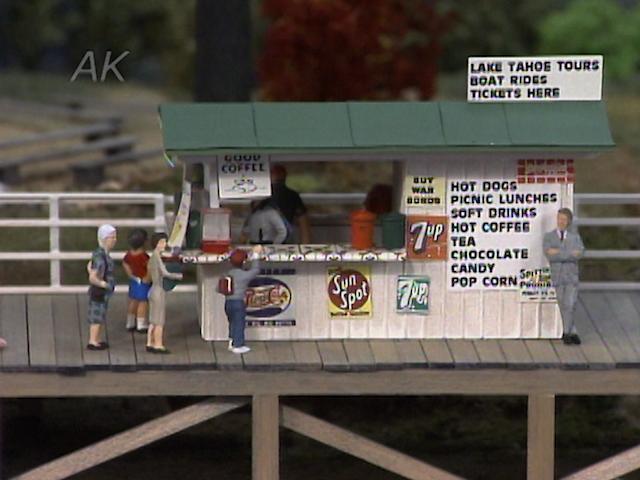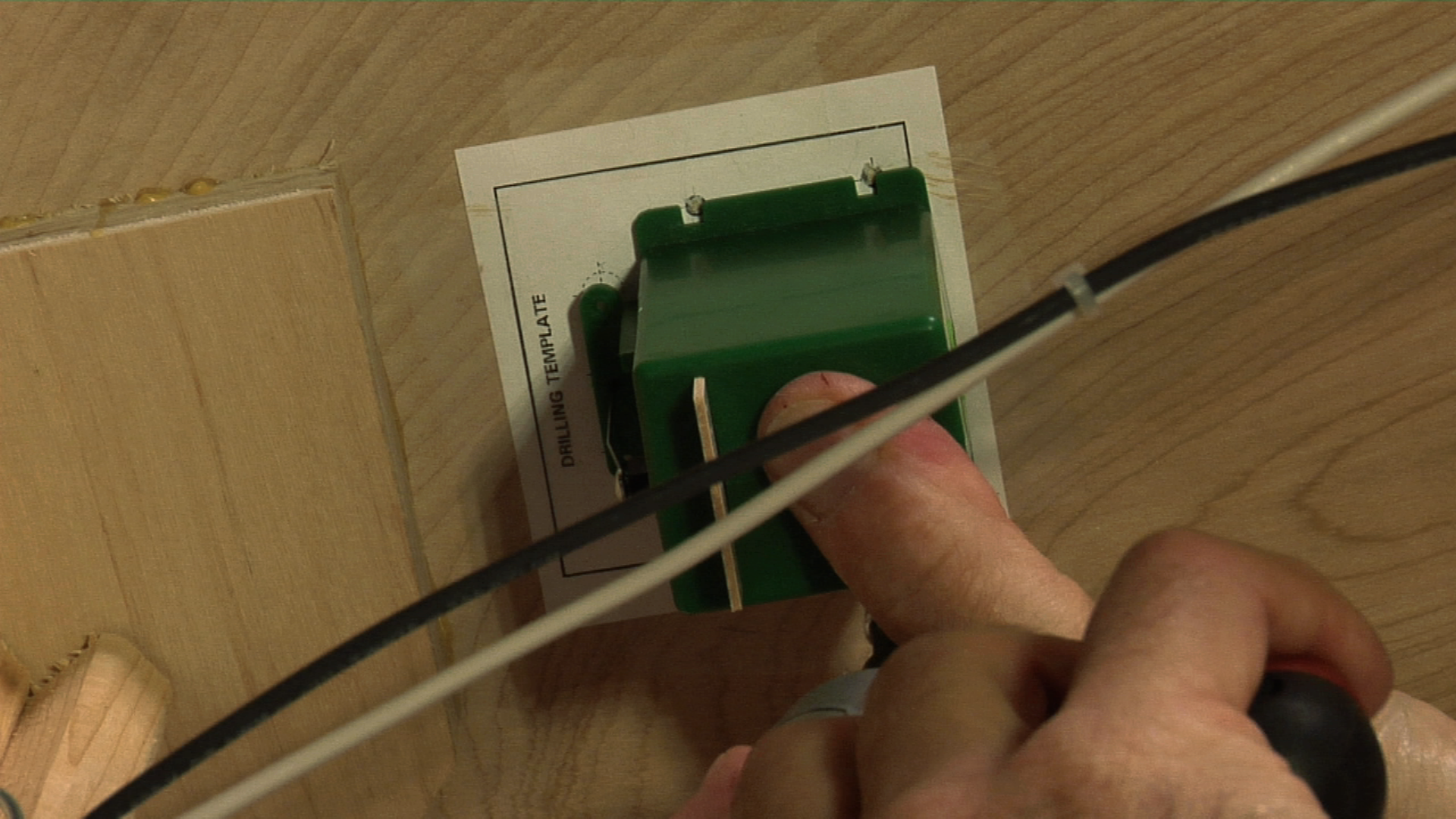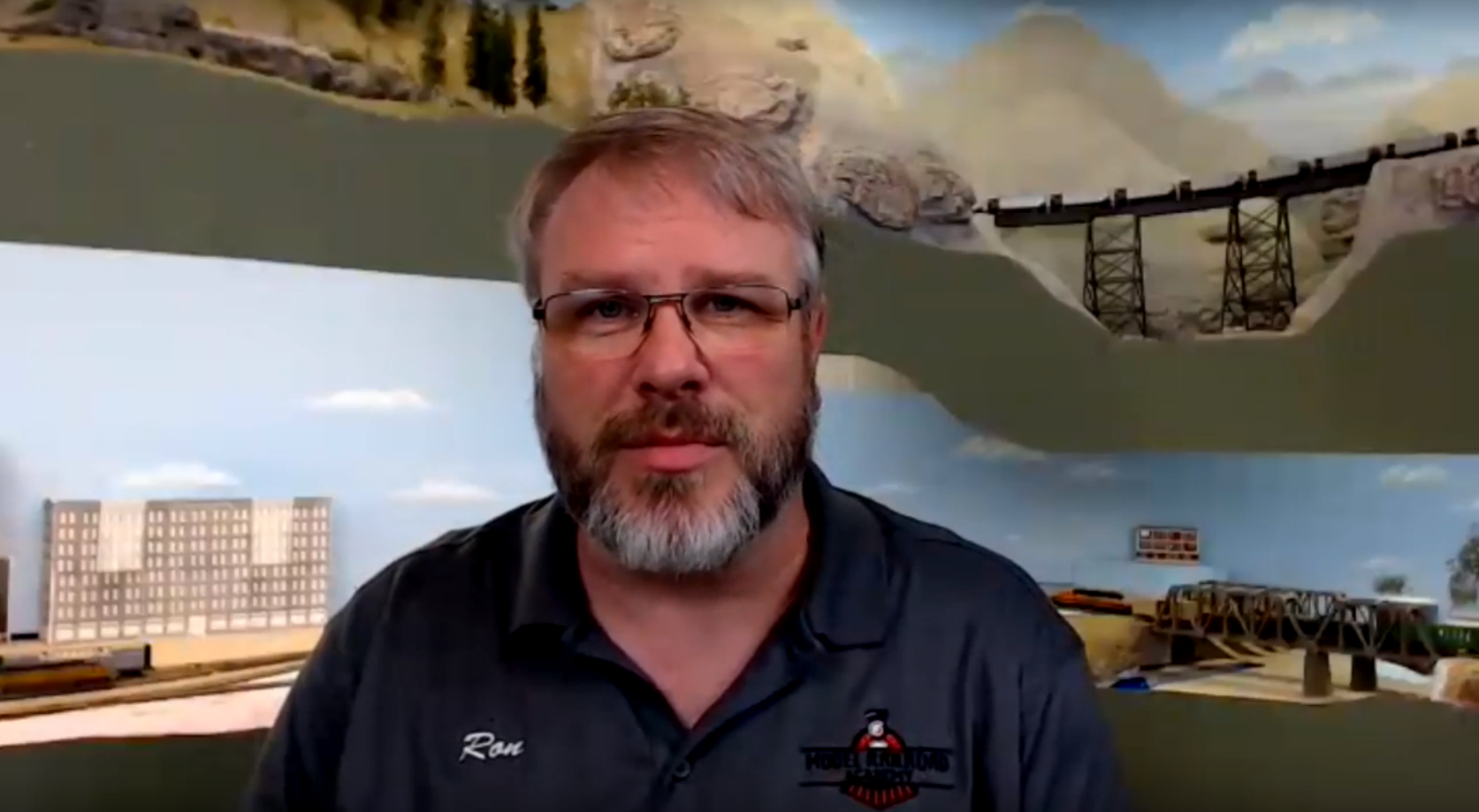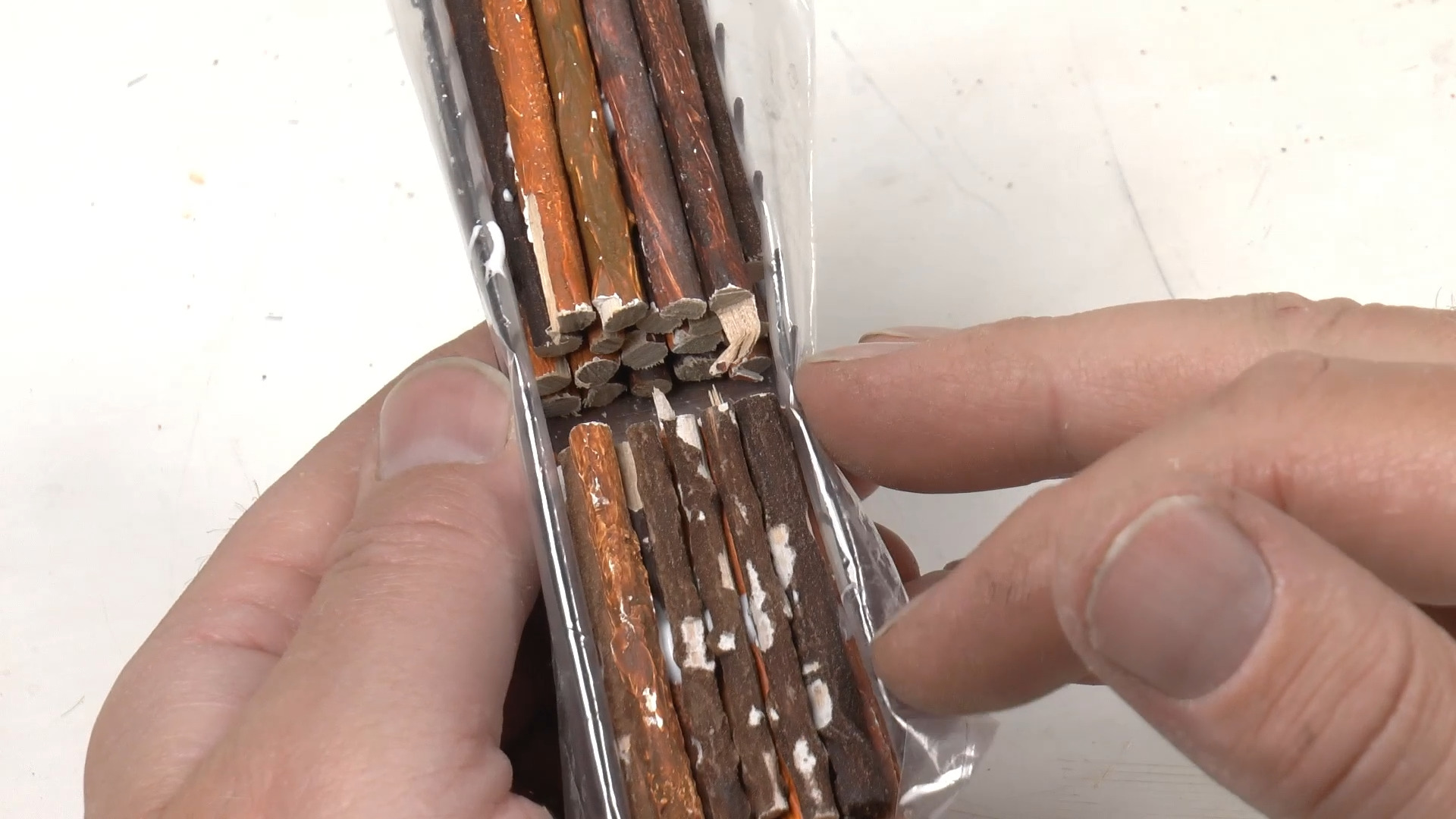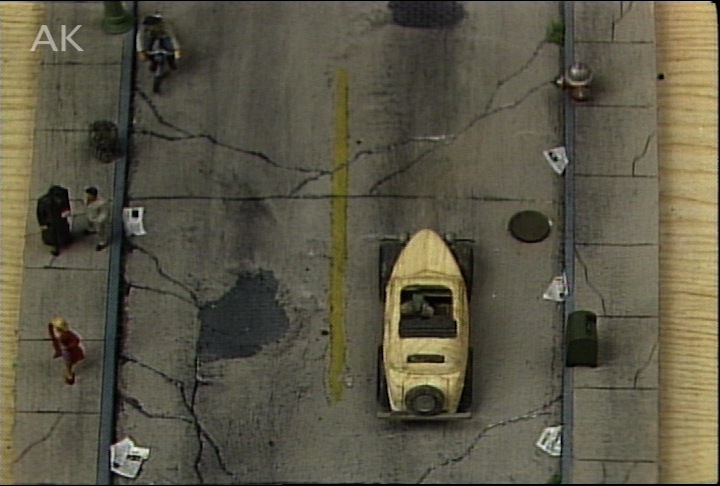
Creating Roads Using Joint Compound
MRA EditorsUnless your layout is unscenicked, we all have the need for building model railway roads. It’s one of the basic and most common modeling elements. In this video, watch modeler Jim Kelly build a small concrete road with a road crossing using joint compound on his layout. While Jim models in N Scale, the techniques are applicable to any scale and his video instructions are clear and easy to follow.
Forming the Subroadbed
First, Jim forms a subroadbed using Sculptamold and allows it to dry thoroughly for three days. Next, he prepares the railroad crossing by cutting and gluing thin pieces of styrene on the inside of the tracks at the crossing; later, they’ll be removed leaving behind a clean flangeway that won’t interfere with smooth running. He then applies the roadbed using DAP Joint Compound, a material he prefers to other drywalling pastes which create a lot of dust during sanding. Spreading it on in a thin ⅛” layer (any thicker and it will crack as it dries), he allows it to dry overnight. Using a damp household sponge, he lightly strokes the joint compound road lengthwise until smooth. No dust building model railway roads this way!
Finally, Jim shows the finishing steps of airbrushing the basic concrete or asphalt color, applying a thin, yellow no-passing median line, and the final steps of adding Earth-colored acrylics and black tar patch lines randomly.
Building realistic model railway roads for highways, mountain or hairpin roads need no longer be intimidating for the beginner modeler using Jim’s simple instructions.
Explore videos by MRA Editors
You may be interested in
Premium Membership
Unlock exclusive member content from our industry experts.
- 24/7 Access to Premium Model Railroading Videos, Projects, and Tips
- Step-by-Step Instructional Guides & Layout Plans
- 50% Off Video Downloads Purchased in the Model Railroad Academy Shop
- Access to Ask the Expert Program
Unlock exclusive member content from our industry experts.
- 24/7 Access to Premium Model Railroading Videos, Projects, and Tips
- Step-by-Step Instructional Guides & Layout Plans
- 3 Full-Length Video Downloads to Watch Offline
- 50% Off Video Downloads Purchased in the Model Railroad Academy Shop
- Access to Ask the Expert Program
Gold Membership
$326 Value
Get everything included in Premium plus exclusive Gold Membership benefits.
- 24/7 Access to Premium Model Railroading Videos, Projects, and Tips
- Step-by-Step Instructional Guides & Layout Plans
- 9 Full-Length Video Downloads to Watch Offline
- 2 Full-Length Classes to Keep for Life
- 2 Downloadable Guides
- Discounts on Purchase-to-Own Content in the Model Railroad Academy Shop
- Access to Ask the Expert Program
- Exclusive GOLD LIVE Streaming Events





